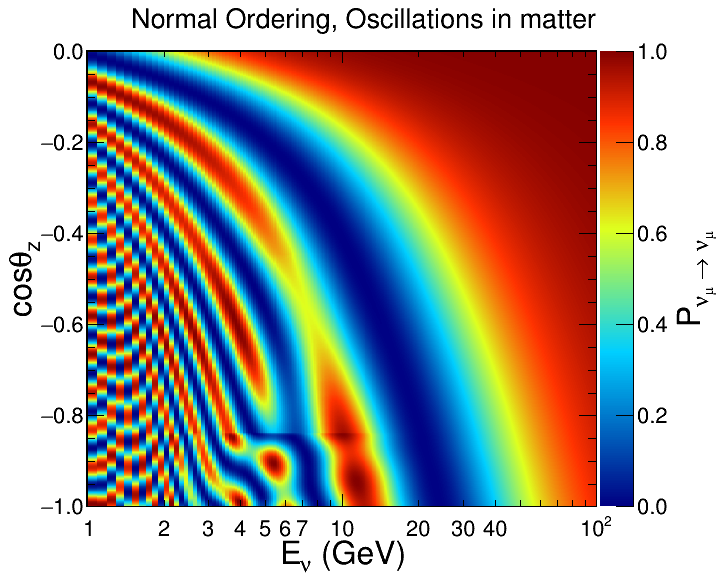
Hola! I'm a risk quant at Morgan Stanley, Mumbai. I hold a PhD in Physics, specialising in particle physics. Prior to this, I used to work as a visting fellow at the Tata Institute of Fundamental Research (TIFR), Mumbai, at the interface of astrophysics and machine learning. Previously, I did a masters in Physics from IIT, Madras following a graduation from Jadavpur University, Kolkata, India. Post that, I had been at IFIC, Valencia, a memeber node of the ANTARES and KM3NeT Collaborations, where I was involved in studying neutrino properties. I was a postdoctoral research associate at the University of Utah, Salt Lake City, UT, in the IceCube Collaboration.
I enjoy playing football and table tennis. I picked up swimming recently and happen to love it. I like to indulge in cooking, however infrequently.

My research interests span the domain of neutrino oscillations and beyond the Standard Model physics phenomenology. I am also interested in the implementation of machine learning algorithms in the exploration of fundamental physics at neutrino experiments.
The study of neutrinos ushered a new interdisciplinary field of research at the interface of astrophysics and accelerator based particle physics -- astro-particle physics. The usual way of studying astrophysical source is to detect photons -- quanta of electromagnetic radiation. However, given photons gets absorbed in flight, "neutrinos" come as ideal messengers to probe the extreme Universe and beyond, which is otherwise "dark". Neutrino is a tiny subatomic particle, at least 5 million times lighter than an electron. Since it is charge-less and very feebly interacting, it travels unscathed across astronomical distances without being deflected by magnetic or electric fields.
Neutrinos come in three flavours: electron-, muon- and tau-neutrino, associated with electron, muon and tau particle. It is discovered recently in the late 20th century, that neutrinos transmute flavours while travelling through macroscopic distances. The discovery of neutrino oscillations refuted the fundamental preposition of massless neutrinos (an assumption made in the Standard Model of Particle Physics), albeit much smaller mass than other fundamental particles. However, the mechanism behind neutrino mass generation is still unknown and an active field of research.
Neutrino telescopes include ANTARES, and its future generation KM3NeT, currently under-construction at the abyss of the Mediterranean Sea, as well as IceCube, located at the Geographic South Pole deep in the Antarctic ice, and Baikal-GVD, under construction in Lake Baikal, Russia, to name a few. These Megaton - Gigaton detectors cover instrumented volumes of cubic kms and comprise an array of photomultiplier tubes (PMTs) to detect photons from the Cherenkov light emitted from the passage of charged particle created in neutrino interactions in the media. The amount and the pattern of light detected by the photosensors gives a proxy to the energy and direction of the parent neutrino.
My research expertise lie in the field of neutrino oscillations and new physics searches, in particular, scenarios where neutrinos transmute flavour via lepton number violating (LNV) Non-Standard Interactions (NSIs), thereby producing signatures deviating from the Standard Model predictions.
Nafis Rezwan Khan Chowdhury
FRM, Morgan Stanley
Nirlon Knowledge Park
Goregaon E, Mumbai - 400063
Phone: +91 8902761912
Email: nrkhanchowdhury@gmail.com